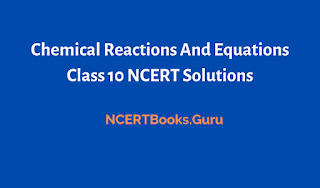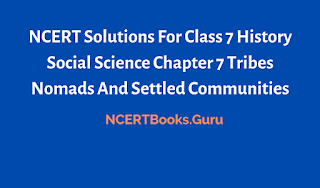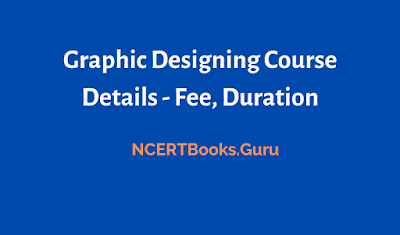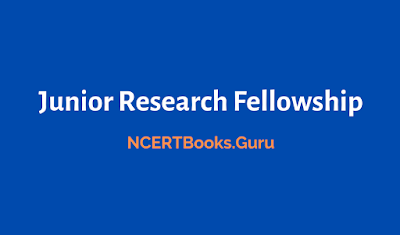NCERT Solutions for Class 10 Science Chapter 1 Chemical reactions and equations
NCERT Solutions for Class 10 Science Chapter 1 – Chemical reactions and equations is an outstanding study resource needed for the student studying in CBSE class 10. These NCERT Solutions are crafted as per the latest CBSE syllabus 2019-20 by subject experts at NCERTBooks. It is very important for the students to solve and study the NCERT solutions to get knowledge of the type of question asked on Chemical Reactions And Equations Class 10 Ncert Solutions.
Chapter 1 of class 10 Science mainly deals with writing chemical equations, writing and balancing chemical equations. In this chapter, students also learn the basics of chemical reactions, their types and effects of a chemical oxidation reaction in our daily lives. This solution provides an overview of the main concepts in the chapter and helps you to get well versed with important topics such as writing chemical equations and balancing them.

NCER Class 10 Science chapter 1 has good weightage and there will be around 4 questions being asked every year from this chapter. Type of questions that arise in this chapter is mostly of practice-based question. Thorough knowledge and good practice will help you score full marks on the questions asked in this chapter.
1. Why should a magnesium ribbon be cleaned before it is burnt in air?
Answer
Magnesium is a very reactive metal. When stored, it reacts with oxygen to form a layer of magnesium oxide on its surface. This layer of magnesium oxide is quite stable and prevents further reaction of magnesium with oxygen. The magnesium ribbon is cleaned by sand paper for removing this layer so that the underlying metal can be exposed to air.
2. Write the balanced equation for the following chemical reactions.
(i) Hydrogen + Chlorine → Hydrogen chloride
(ii) Barium chloride + Aluminium sulphate → Barium sulphate + Aluminium chloride
(iii) Sodium + Water → Sodium hydroxide + Hydrogen
Answer
(i) H2 (g) + Cl2 (g) → 2HCl (g)
(ii) 3BaCl2 (s) + Al2(SO4)3 (s) → 3BaSO4 (s) + 2AlCl3 (s)
(iii) 2Na(s) + 2H2O (l) → 2NaOH (aq) + H2 (g)










